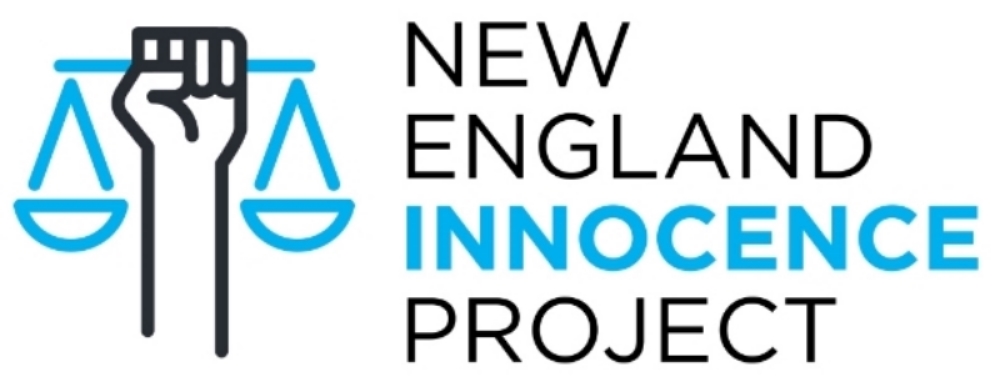October 27th, 2011
Douglas Starr, a local journalist, published an article in the November issue of Discover Magazine discussing the evolving field of fire science and the role it will play in wrongful conviction cases. Scientific study of fire scenes began in earnest during the 1970s, but it was not until the early 1990s that experts realized that many of the classic arson indicators that investigators relied upon where not, in fact, signs that a fire was set intentionally. Despite the increase in scientific analysis, expertly trained fire scientists were still largely only attracted to high-profile fires. Thus, most fires were handled by investigators who learned on the job. Few had taken college-level courses in fire science, chemistry or physics. Their on-the-job training consisted mostly of observing other investigators who in turn had learned from their supervisors. This ongoing cycle did not allow for introduction of the newer scientific information, and caused a perpetuation of investigators’ reliance on the indicators that science proved wrong.
John Lentini, a renowned fire expert, recognizes that his whole perspective on arson science changed early in his career. Lentini was called in to investigate a fire in Jacksonville, Florida that had killed six people. Before Lentini arrived, prosecutors already believed it was an arson case. The scene showed what were considered to be the classic signs of arson, including pour patterns. Pour patterns are burn areas surrounded by relatively unaffected material that for years were relied upon to demonstrate that accelerant was poured on the area and had burned. Interested in testing the conclusions that arson investigators had relied on for years, Lentini’s team received permission to re-create the fire in an abandoned house virtually identical to the one involved in the alleged crime. In a landmark experiment, known as the Lime Street Fire, Lentini’s team reproduced the fire with shocking results. Without using accelerant, the fire caused damage that included many classic signs of arson, including pour patterns. All charges against the defendant were dropped, and the study raised the likelihood that erroneous science was used to put others behind bars.
Despite a movement towards more scientific investigation, most states still lack any legal requirements for a person to become a fire investigator. In some states, a private investigator’s license is the only credential needed to investigate a fire and testify to its origins. While only a handful of Innocence Projects accept arson cases, The New England Innocence Project won a victory in an arson case just before Thanksgiving last year. James Hebshie, who was convicted of arson, was exonerated after John Lentini testified in support of his case.
Above: James Hebshie who was freed from prison after arson expert John Lentini testified in his defense.
photo credit: Matt Kalinowski
Read the full Discover article here.
